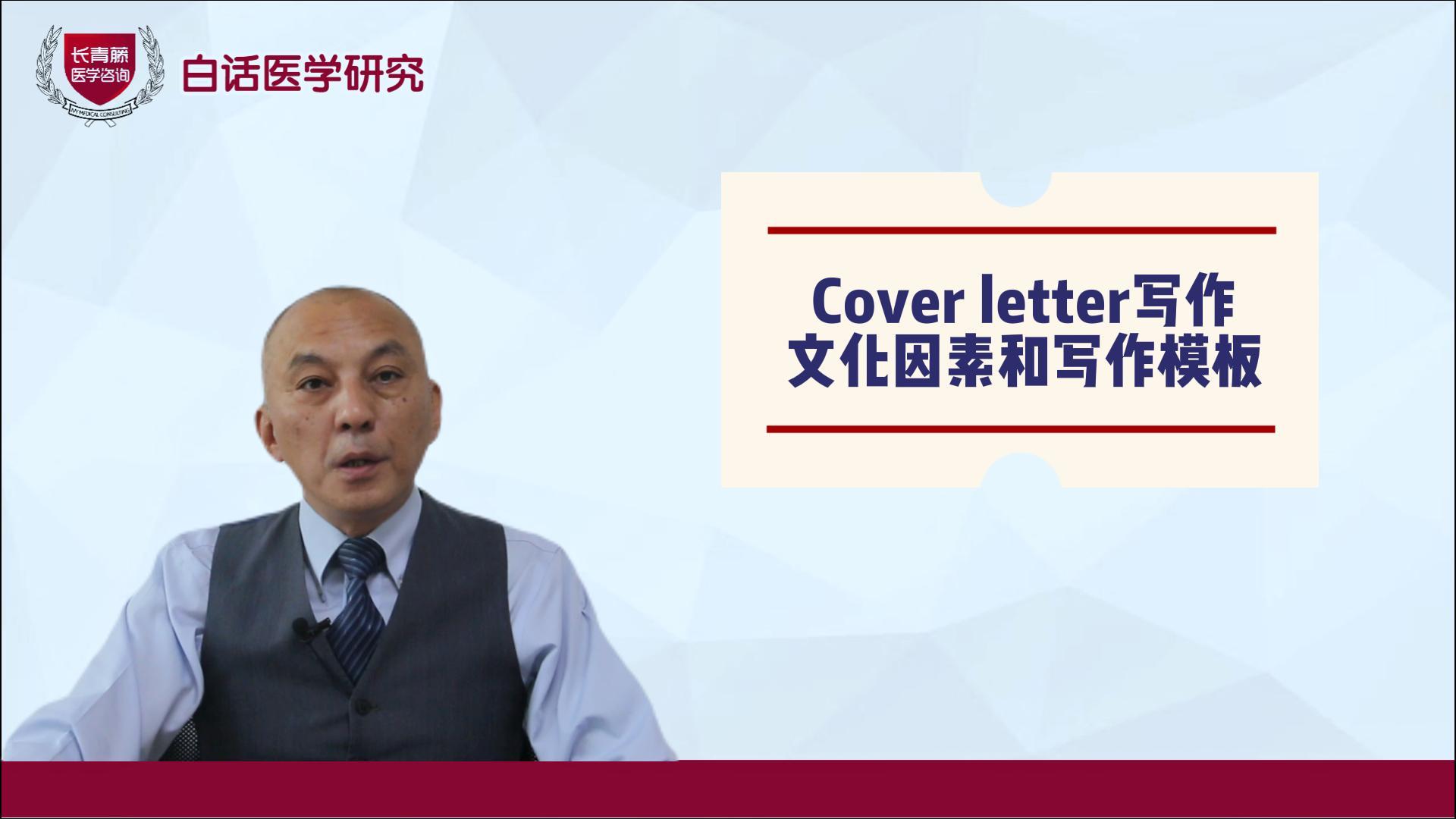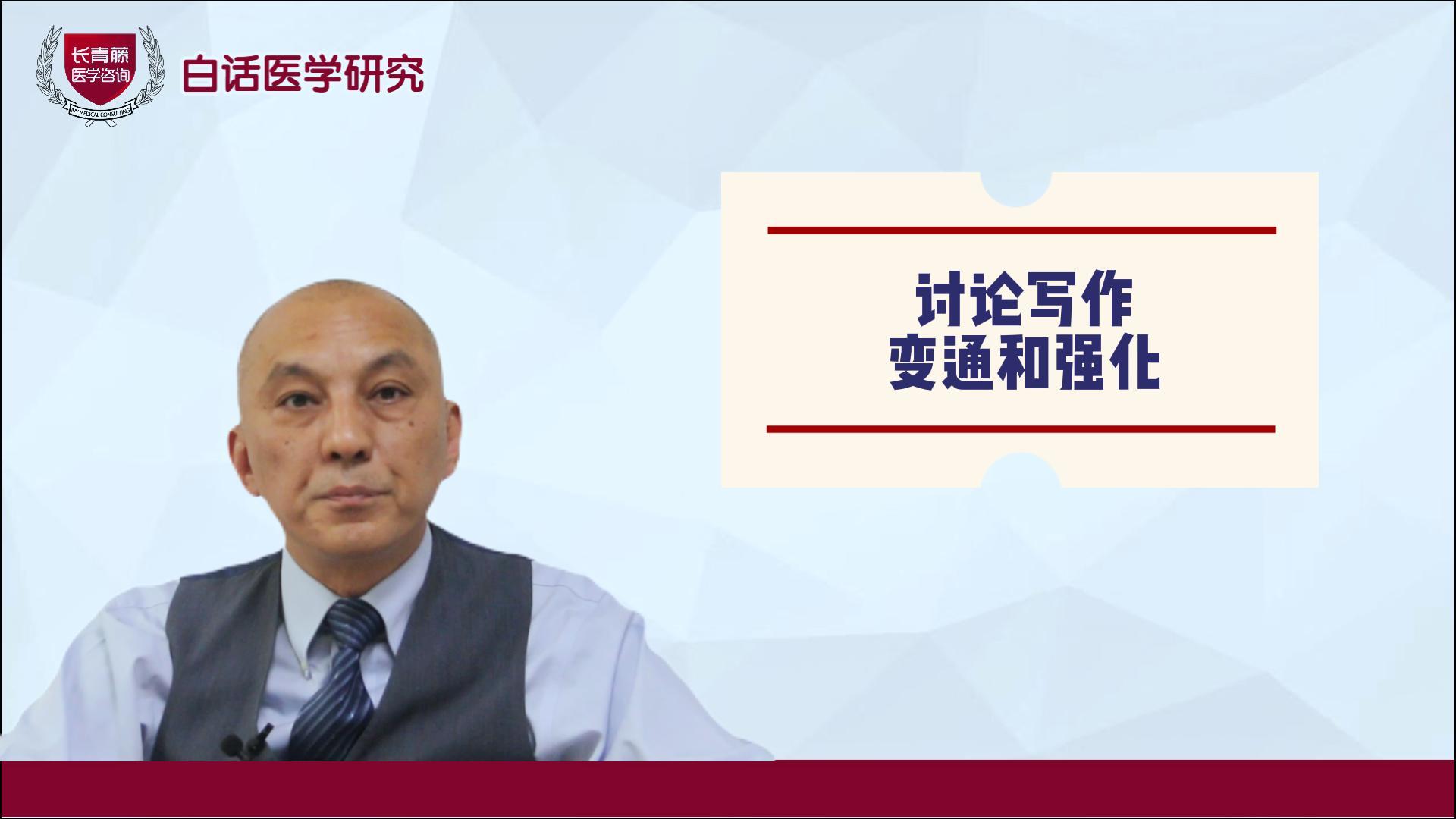1970-01-01

 Kai Hu, Medizinische Uniklinik Wuerzburg, Germany Chronic heart failure (CHF) was considered as a disease with homodynamic problems in the 1970s, a disease with left ventricular remodeling in the 1980s, a syndrome with neuroendocrine activation in the 1990s and now it is viewed as an inflammatory disease characterized by significant increase of a number of inflammation cytokines (TNF, IL-1, IL-8 and iNOS).
Kai Hu, Medizinische Uniklinik Wuerzburg, Germany Chronic heart failure (CHF) was considered as a disease with homodynamic problems in the 1970s, a disease with left ventricular remodeling in the 1980s, a syndrome with neuroendocrine activation in the 1990s and now it is viewed as an inflammatory disease characterized by significant increase of a number of inflammation cytokines (TNF, IL-1, IL-8 and iNOS).
NADPH oxidase, the pivotal sources of reactive oxygen species (ROS), is one of the main players in the pro-inflammatory status of CHF and the superoxide balance relies on the mutual balanced function of O2-. production and O2-. / H2O2 degradation, the former by NAD(P)H oxidase, xanthine oxidase, uncoupled NO synthase, mitochondrial electron transport and the latter by Cu, Zn-SOD, Mn-SOD, extracellular SOD, thioredoxin catalase and glutathione peroxidase. In the past decades, two large, randomized, controlled trials using anti-TNF (Renaissance and Recover) failed to show beneficial effects and traditional anti-oxidants (Vitamin C, E, alpha, beta-carotene) did not improve survival in patients with chronic heart failure. Angiotensin-converting enzyme (ACE) inhibitors/angiotensin II receptor blockers and statins, which can modulate the balance of pro- and anti-inflammatory processes via inhibiting NADPH oxidases and therefore attenuating the production of ROS, and beta blockers, which could also act as anti-inflammatory drugs by reducing the autooxidation of norepinephrine and therefore reducing ROS, may play active roles in the prevention and treatment of chronic heart failure.
Recent studies also showed that peroxisome proliferator activated-receptor agonist might also be effective as a new anti-inflammatory drug via inhibiting the maturation of dendritic cells, the most potent antigen-presenting cells, in the prevention and treatment of patients with chronic heart failure. The take-home message is when choosing drugs for treating chronic heart failure, the first choice is to consider drugs which can both inhibit NADPH oxidase and reduce aotooxidation of norepinephrine, such as ACE inhibitors/angiotensin receptor blockers, statins as well as beta blockers, the combined use of above mentioned newer therapeutic strategies has improved the 5-year survival from 50% in the 1980s to more than 70% now in patients with severe CHF.
百度浏览 来源 : 国际循环
版权声明:本网站所有注明来源“医微客”的文字、图片和音视频资料,版权均属于医微客所有,非经授权,任何媒体、网站或个人不得转载,授权转载时须注明来源:”医微客”。本网所有转载文章系出于传递更多信息之目的,且明确注明来源和作者,转载仅作观点分享,版权归原作者所有。不希望被转载的媒体或个人可与我们联系,我们将立即进行删除处理。 本站拥有对此声明的最终解释权。




发表评论
注册或登后即可发表评论
登录注册
全部评论(0)